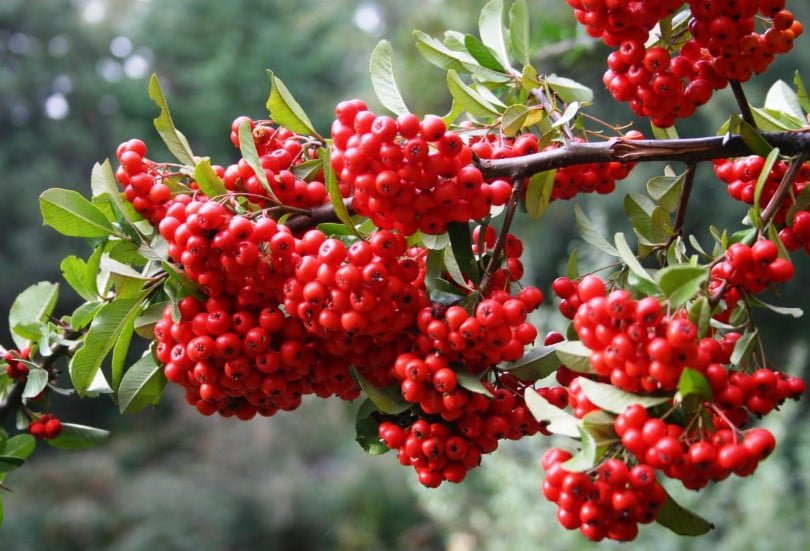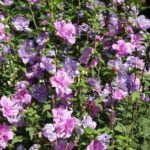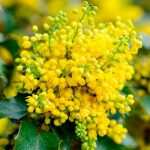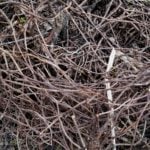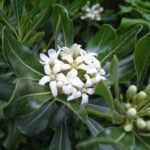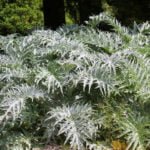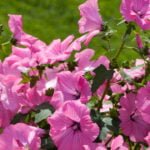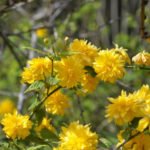We will continue the theme of impassable protective fences cottages, which we started with an introduction to the beautiful hedges (curbs, medium and high). Today I invite you to get acquainted with these exotics — unusual tree species that can safely claim places in such plantings.
A charming prickly fence in the country can be arranged from Pyracantha (the role of thorns is performed by pointed side branches): during the fruiting period it will look especially luxurious.
A real prickly miracle for the fence area can be evergreen Berberis darwinii.
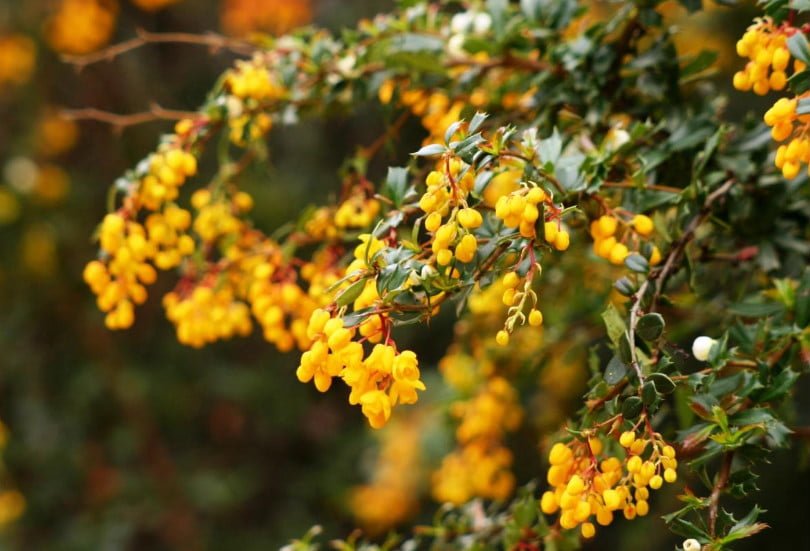
The thorns of Colletia paradoxa not only will provide a strong impenetrable fence of the site, but will impress very exotic look.
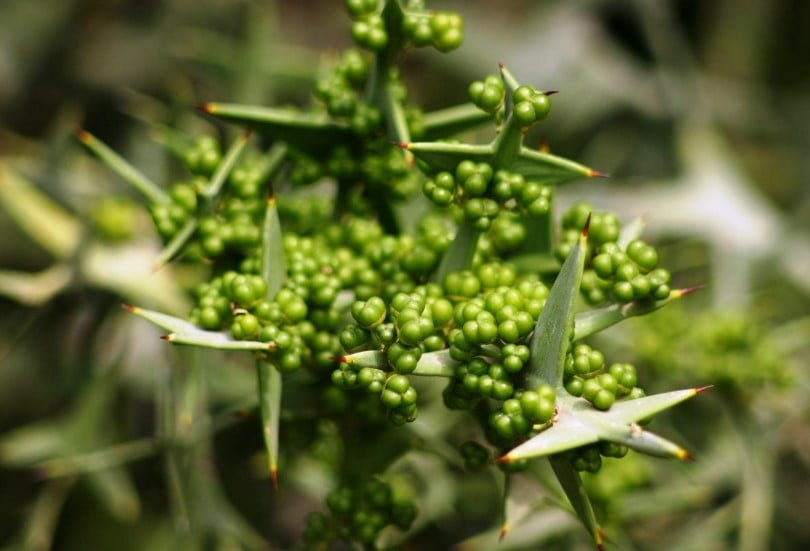
Admire the spring flowering hedges of Chaenomeles can be infinitely long, but to Wade through the border and no one will come to mind, so sharp thorns in the elegant Bush.
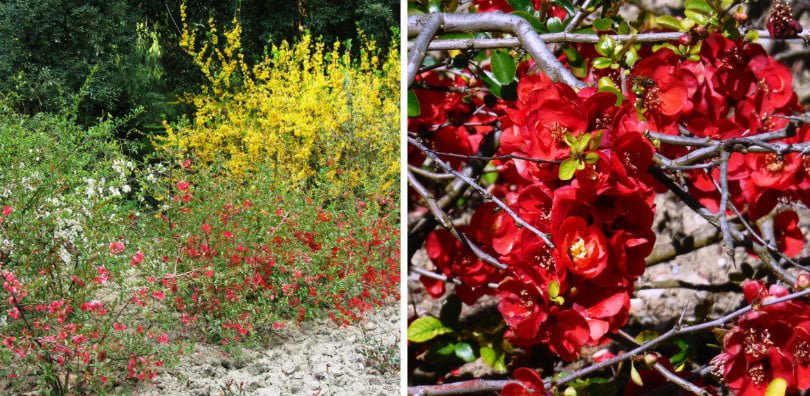
Stunningly beautiful hedges from the exotic Erythrina crista-galli, but their arrangement is more a dream than reality: the prickly beauty is extremely thermophilic (the temperature of -5 °C is already critical for her).
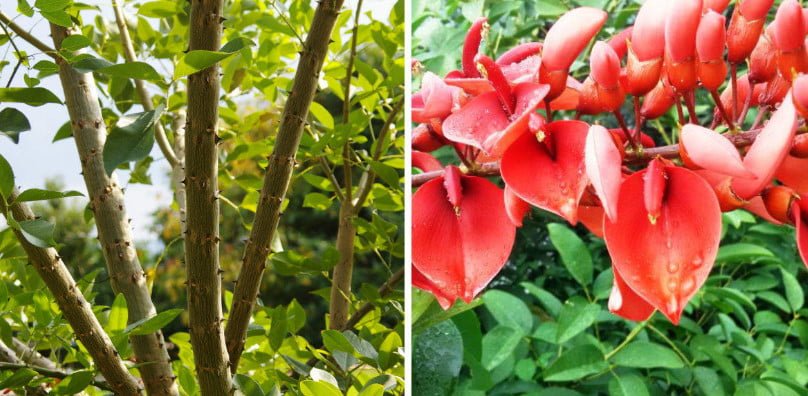
But it is quite possible to arrange a two-row low hedge of Yucca and Opuntia, perfectly wintering in a cool climate.
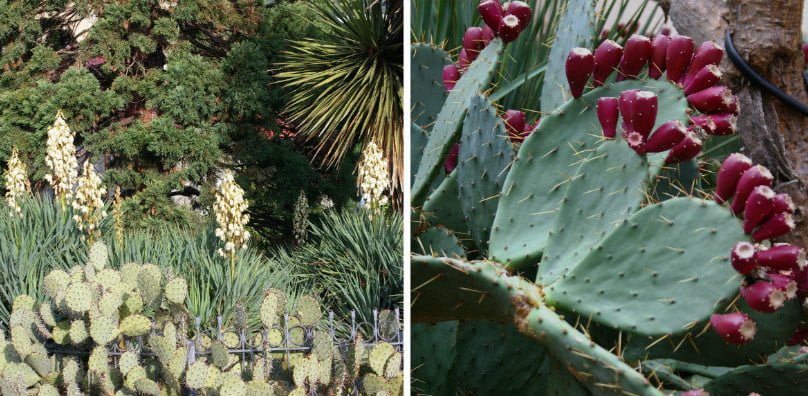
Of course, to hide the site from prying eyes she can not afford, but to protect from intruders — quite.
Further, without adhering to a strict order in alphabetical order, allow me to present 6 exotic prickly trees and shrubs for southern hedges.
Zanthoxylum planispinum
A specific shrub with large spines that appear all his life, and a kind of tart smell of Rutaceae. It is perfect for creating impassable hedges. Prickly shoots reinforced with thin spines (which is especially noticeable in young specimens), located on the veins of the lower side of the leaves.
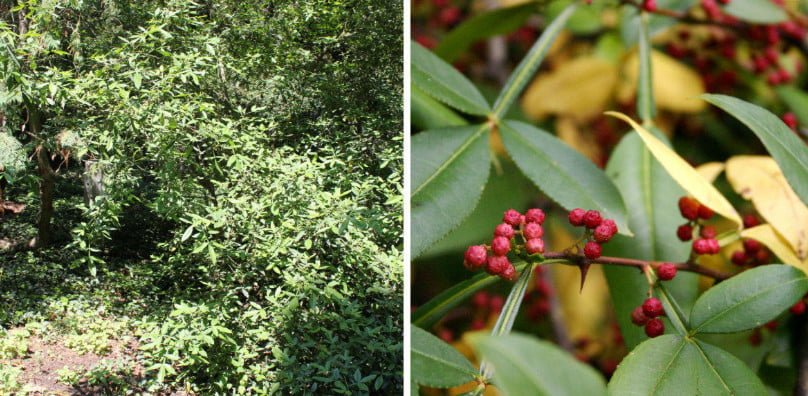
Zanthoxylum planispinum comes from the Himalayas, China. Despite the fact that it is an evergreen shrub, which periodically fall off the old leaves in the winter leaf blades he rolled into tubes and hang. Greenish flowers are nondescript, but the red fruit-boxes are unusually spectacular. The latter, having matured, burst, releasing black shiny seeds with the same strong smell as the plant itself.
Propagated by seeds, gives self-seeding. Undemanding to growing conditions.
Colletia paradoxa
This kind of plant is designed for prickly exotic hedges, it comes from Brazil, Uruguay.
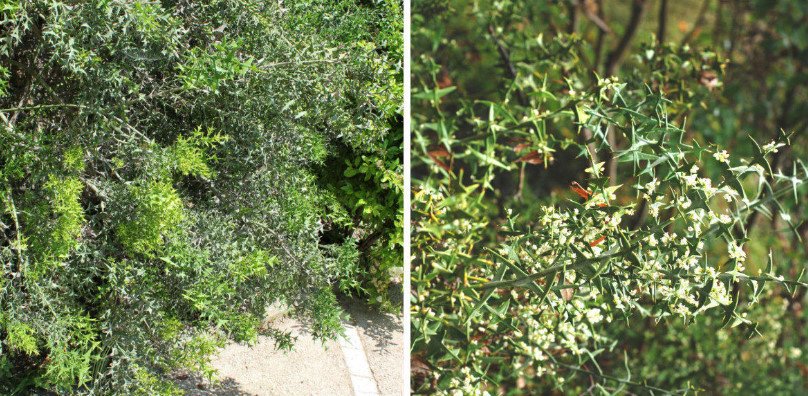
From Colletia paradoxa, syn. The cruciata, like leaves, performs a photosynthetic function, with small linear leaves and white small flowers. Very effective crosswise arranged short side shoots in the form of grayish-green flat triangles with spines at the ends.
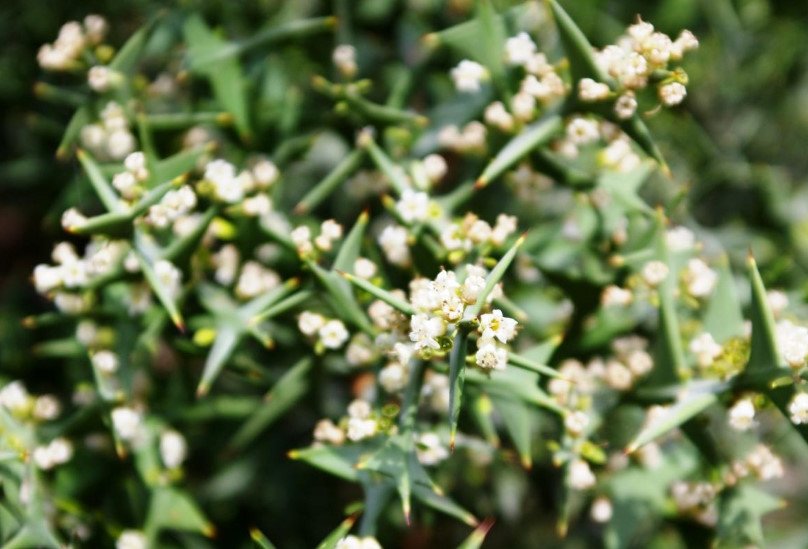
Normally develops in full sun with well-drained soils, drought resistant. The British give it a winter minimum of -5 °C, so even for the collection pick up warm places of southern orientation (ideally — at low retaining stone walls).
Propagated by seeds and cuttings.
Maclura pomifera
Beautiful deciduous breed for impassable hedges and walls. It reaches a height of 15 m, but on dry poor soils grows low bushy tree.
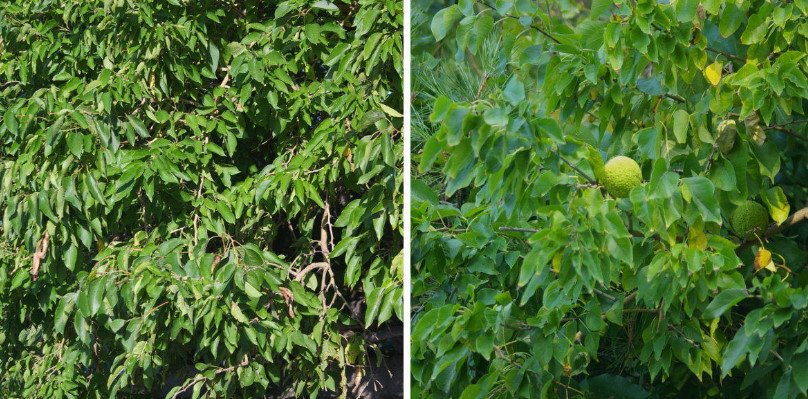
Maclura pomifera, syn. Aurantiaca is a native of North America. Beautiful large glossy leaves, in the axils of which are the thorns. Often reduced flowers collected in single globular inflorescences, no one pays attention. But large globular green fruit attract the eye — they are already known by many. The hedge or wall of Maclura pomifera is impassable! Knowing what her thorns, there is hardly a daredevil who decided to overcome such a fence. However, the attempt would still not be successful — it’s just unrealistic!
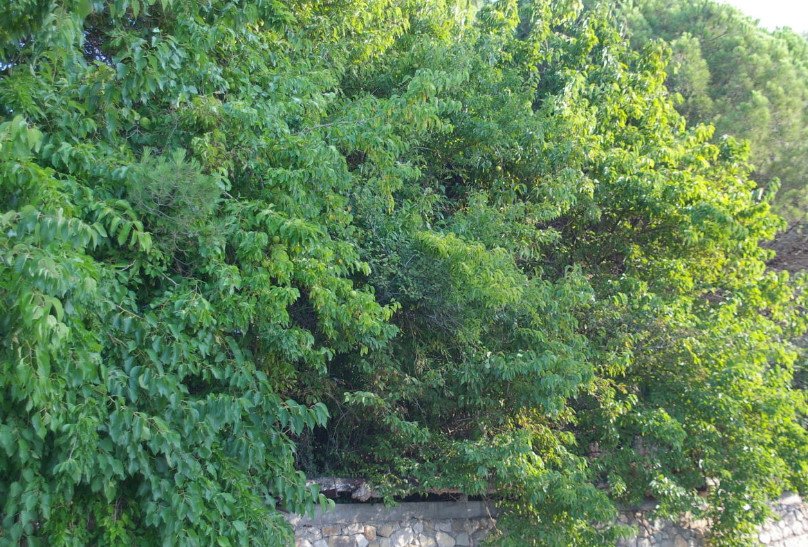
In reference editions of its winter temperature minimum -15 °C.
Ruscus ponticus
Ruscus ponticus-Mediterranean shrub height from 0.4 to 1 m.
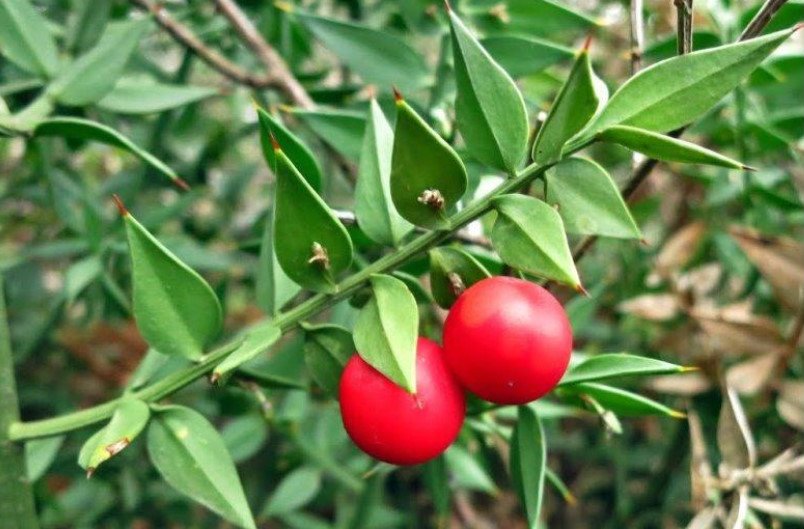
In fact, what we take for the leaves — a modified shoots — phyllocladia, on the underside of which in February and April bloom small purple-green flowers. Often modest flowering can not be seen, but the red globular berries attract the eye: ripening in October-December, they decorate the plant all winter. The needle is unpretentious: the only thing you have to do is to carry out sanitary pruning of dry filloclades, and here you can not do without canvas gloves. Do not even try to overcome the low border of the needle without loss — it is almost impassable.
In nature, the needle can not be dug, but you can try to multiply stratified (4 months) seeds.
Ilex aquifolium
It’s the English’s favorite Christmas Bush.
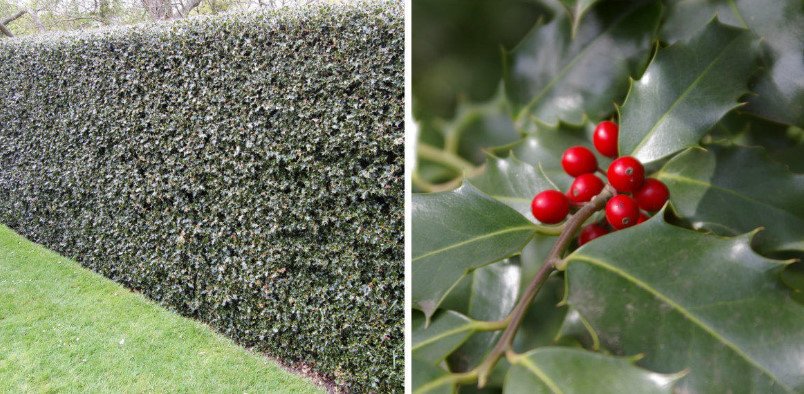
Ilex aquifolium: more often use Bush-shaped forms with a height of 1 to 2.5 m. its dark green hard elliptical prickly-serrated leaves are Beautiful, which just serve as a shield. Effective during fruiting, when it is decorated with bright red rounded drupe (and this period lasts more than six months, as the fruits ripen in July and August, and kept on the branches until the spring of next year). Slow growing, durable, heat-loving (may briefly tolerate temperatures down to -18…-20 °C). Hedges from Ilex aquifolium can be laid without risk. Pruning is confined to shortening the vigorous shoots. It responds well to fertilizing with a full mineral fertilizer at the beginning of the growth of shoots.
Propagated by green cuttings, layering, stratified (4 months) seeds.
Ziziphus jujuba
Unusual hedge or wall can be created from this fruit (and even medicinal!) subtropical culture.
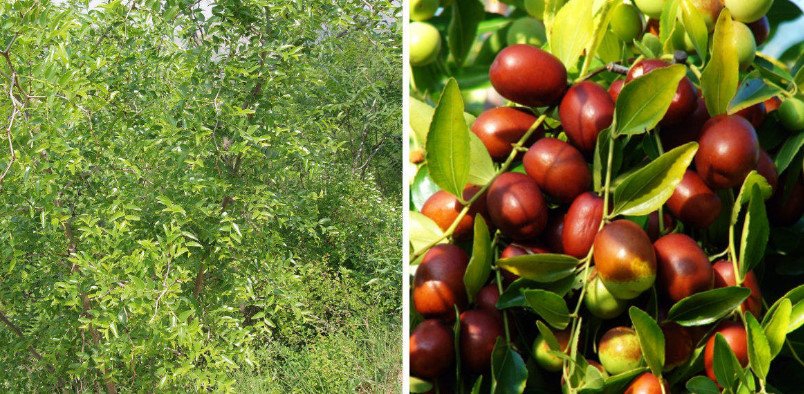
Ziziphus jujuba is a prickly tree or sprawling shrub 3-8 m high with leathery shiny elongated-ovate leaves, nondescript greenish-yellow small flowers and edible spherical (in varietal — elongated barrel-shaped, pear-shaped, egg-shaped), brown fruits that ripen in September-October. Without damage briefly withstand frosts up to 25 °C. it is Better to lay them on the soils with good aeration and deep groundwater. Trimming is to trim the sides.
Propagated by seeds, root offspring and cuttings, layering, varieties-grafting.
My story about simple and exotic tree cultures with thorns came to an end. I hope, after acquaintance to them it will be easier for you to decide on the choice of a plant for arrangement of a prickly fence.
